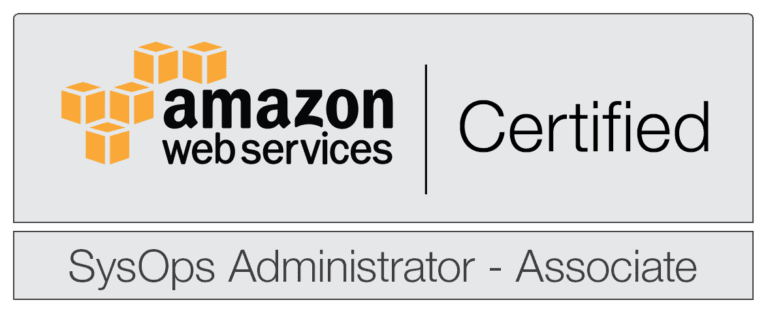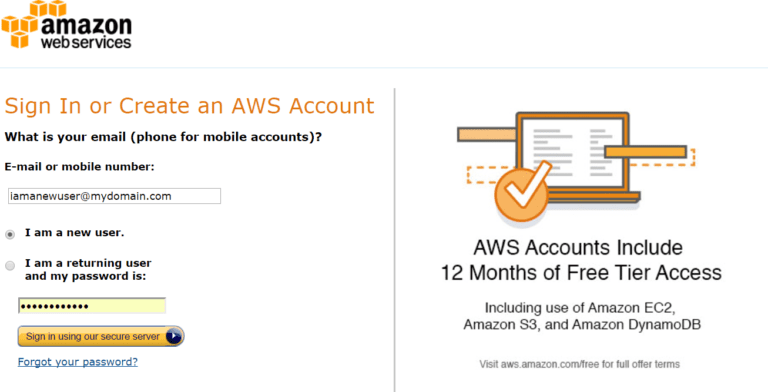In this article, we will explore how to prepare for the AWS Certified SysOps Administrator Associate certification exam. This is the toughest exam in the associate level exam. If you are preparing for the AWS certification, I would suggest you start with the Developer Associate Exam which is the easiest exam. Then you can prepare …
OCAJP – Wrapper Classes in Java
This post is about the OCAJP exam objective “Develop code that uses wrapper classes such as Boolean, Double, and Integer“. In the exam, you will be mainly tested on Autoboxing and Unboxing concepts of Wrapper classes, Using wrapper classes with their corresponding primitive types. This article tests your knowledge on how to use the wrapper …
How To Sign-Up for AWS Free Tier
AWS free tier is the free web services environment offered by Amazon for its first-time users. If you are new to the cloud computing world, then you must be aware that Amazon Web Services (AWS) is the leading cloud platform across the world. It has weak challenges from Microsoft and Google. So, there is a …
OCAJP – Switch Statement Practice Questions
In my previous article, I have published how to prepare ArrayList topic for OCAJP exam. I am writing a series of articles on how to prepare for OCAJP certification exam. Also, read about the sample questions on Lambda Expressions. Are you looking for mock exam questions to prepare for OCAJP 8 exam, please try these …
OCAJP – Declare and use an ArrayList of a given type
This post is about the OCAJP exam objective “Declare and use an ArrayList of a given type“.You will be tested in the exam about various methods and syntax related to the ArrayList class. Here we would explain about the ArrayList class and its important methods. In my future posts, I would be explaining about some …
OCAJP – Lambda Practice Questions for Preparing OCAJP 8 Certification
In this post, I am going to write down few OCAJP 8 mock exam question examples with good explanations. We have earlier explained about the Lambda and Predicate expressions with few sample questions. If you are preparing for the OCAJP 8 exam, then it is most likely that you have to practice more for the Java …






